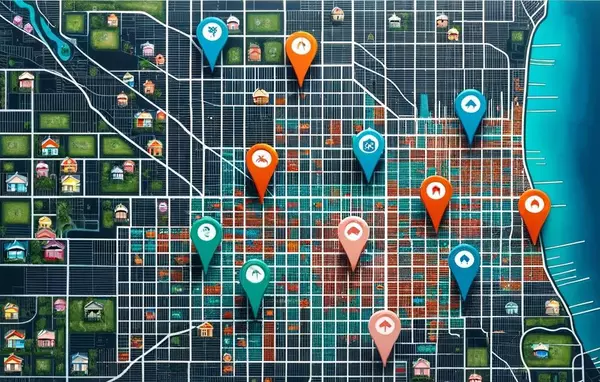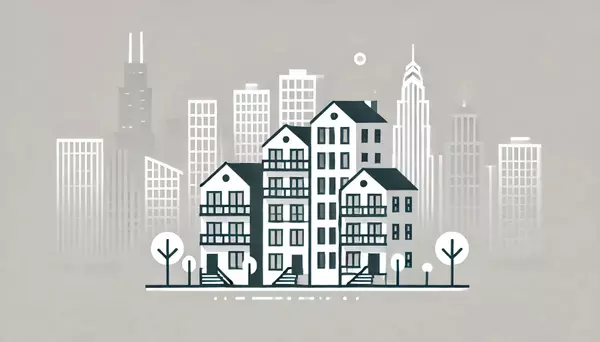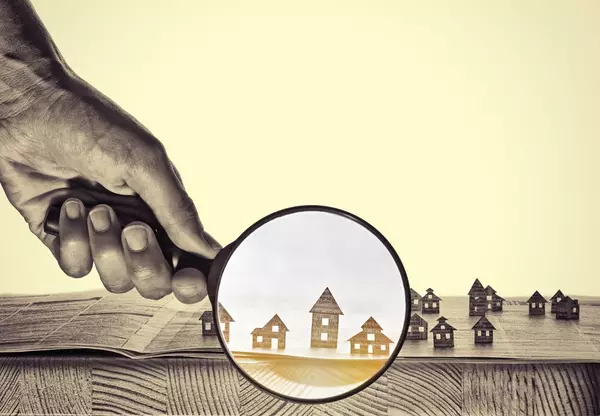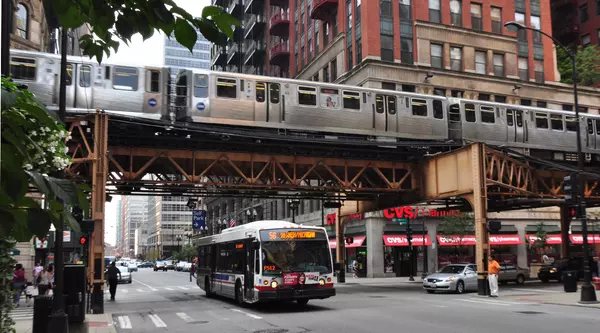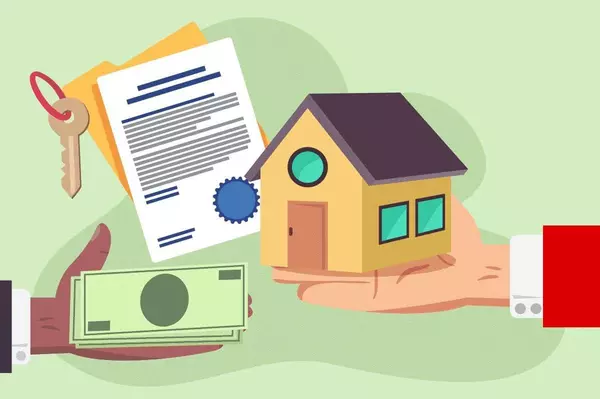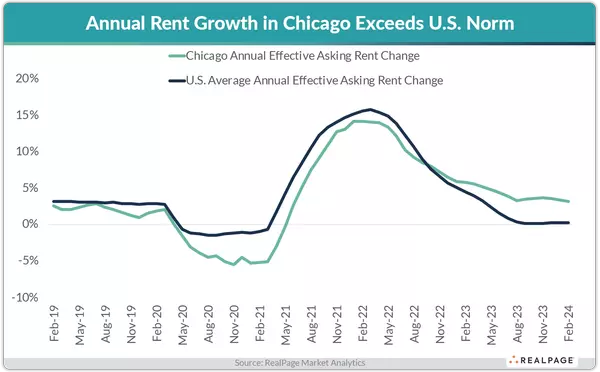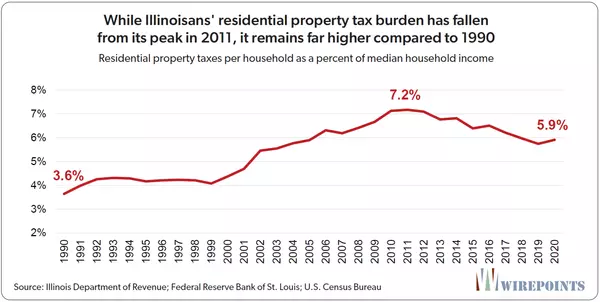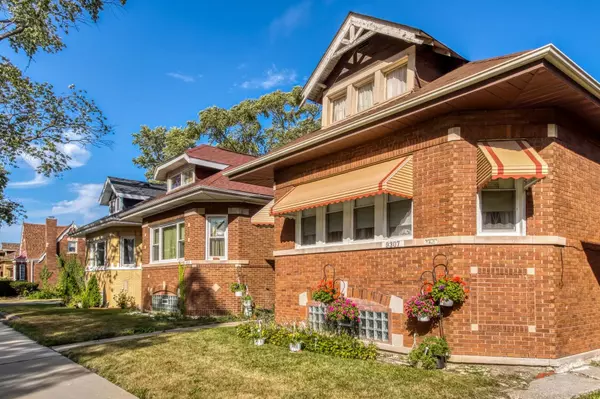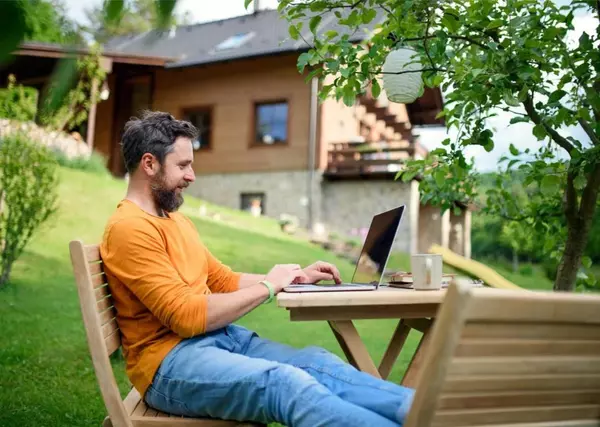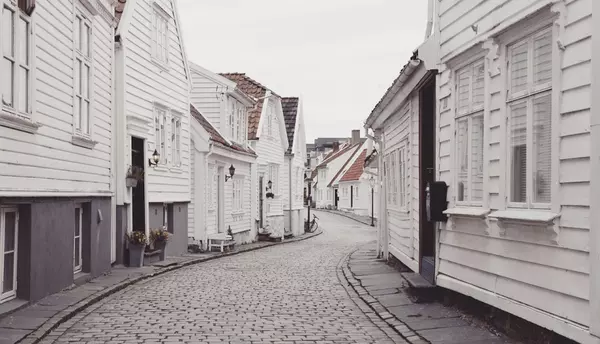The Evolution of Chicago's Neighborhoods: Gentrification and Its Impact
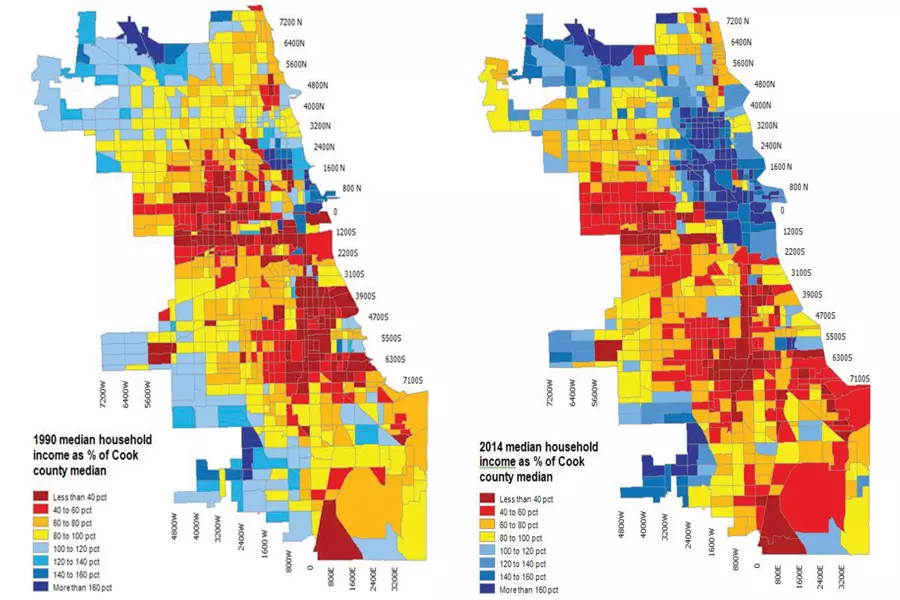
Chicago, a city known for its diverse cultural tapestry and rich history, has long been a place of transformation. Over the decades, neighborhoods across the city have experienced waves of change—some organic, others driven by economic forces. Gentrification, a process marked by the influx of more affluent residents into traditionally lower-income areas, has had a profound impact on several Chicago neighborhoods, including Humboldt Park, Bronzeville, Pilsen, and Uptown. These shifts have reshaped the city’s landscape, bringing both opportunities and challenges for its residents.
Humboldt Park: Preserving Cultural Identity Amid Change
Humboldt Park, historically a hub for Chicago’s Puerto Rican community, has faced significant changes in recent years. The neighborhood’s iconic Paseo Boricua, marked by its steel Puerto Rican flags, is a testament to its vibrant cultural heritage. However, rising property values and an influx of new developments have pushed many long-term residents to relocate. While some view these changes as a revitalization, others see them as eroding the community’s identity.
As an observer of this transition, I’ve seen the delicate balance between preserving cultural heritage and embracing economic growth. Initiatives like the National Museum of Puerto Rican Arts and Culture strive to maintain the neighborhood’s roots, serving as a beacon for those who fear their history is being erased.
Bronzeville: Reviving a Historic Center of Black Excellence
Bronzeville, once the heart of Chicago’s African American cultural and economic renaissance during the early 20th century, is undergoing a renaissance of its own. Known for its rich jazz history and the legacy of icons like Ida B. Wells, Bronzeville has seen new developments, including mixed-use housing and commercial spaces, aimed at attracting a younger, more affluent demographic.
The resurgence has brought a renewed sense of pride to the area. However, the accompanying rise in living costs has raised concerns about displacement. Longtime residents worry that the very fabric of Bronzeville—its history and sense of community—might be at risk. These conversations often play out in town hall meetings and community forums, where stakeholders discuss how to strike a balance between progress and preservation.
Pilsen: Art, Culture, and a Fight for Affordability
Pilsen’s transformation is perhaps one of the most discussed examples of gentrification in Chicago. Once a predominantly Mexican-American neighborhood, Pilsen is renowned for its vibrant murals, authentic cuisine, and cultural festivals. The neighborhood’s unique character has drawn new residents and businesses, but this popularity comes at a price.
Rising rents and property taxes have led to an exodus of many families who have called Pilsen home for generations. Despite these challenges, local organizations are fighting to preserve the neighborhood’s identity. The Pilsen Alliance and other groups advocate for affordable housing initiatives and policies aimed at preventing displacement.
Uptown: A Melting Pot in Transition
Uptown’s history as a cultural melting pot is evident in its architecture, from historic jazz clubs to ornate theaters. In recent years, the neighborhood has seen an influx of luxury apartments and high-end retail. While these changes have attracted new investment, they have also raised concerns about the fate of Uptown’s diverse population, including its long-standing immigrant communities.
Efforts to balance development with inclusivity are ongoing. Uptown’s cultural institutions, such as the Green Mill and the Aragon Ballroom, continue to draw visitors, keeping the neighborhood’s historic charm alive even as its demographics shift.
Striking a Balance
The evolution of neighborhoods like Humboldt Park, Bronzeville, Pilsen, and Uptown highlights the complexities of gentrification. While new developments can bring much-needed economic growth and infrastructure improvements, they also risk displacing the very communities that made these neighborhoods unique.
For Chicago, the challenge lies in creating policies and practices that balance growth with inclusivity. Whether through affordable housing initiatives, cultural preservation efforts, or community engagement, it is essential to ensure that all residents have a voice in shaping the city’s future.
As someone who has witnessed these changes firsthand, I’ve seen how they affect individuals and families on a deeply personal level. The story of Chicago’s neighborhoods is a story of resilience, adaptation, and the ongoing quest for equity. It is a story worth telling—and one that demands our attention as the city continues to evolve.
Vic Melecio - LPT Realty
Categories
Recent Posts
